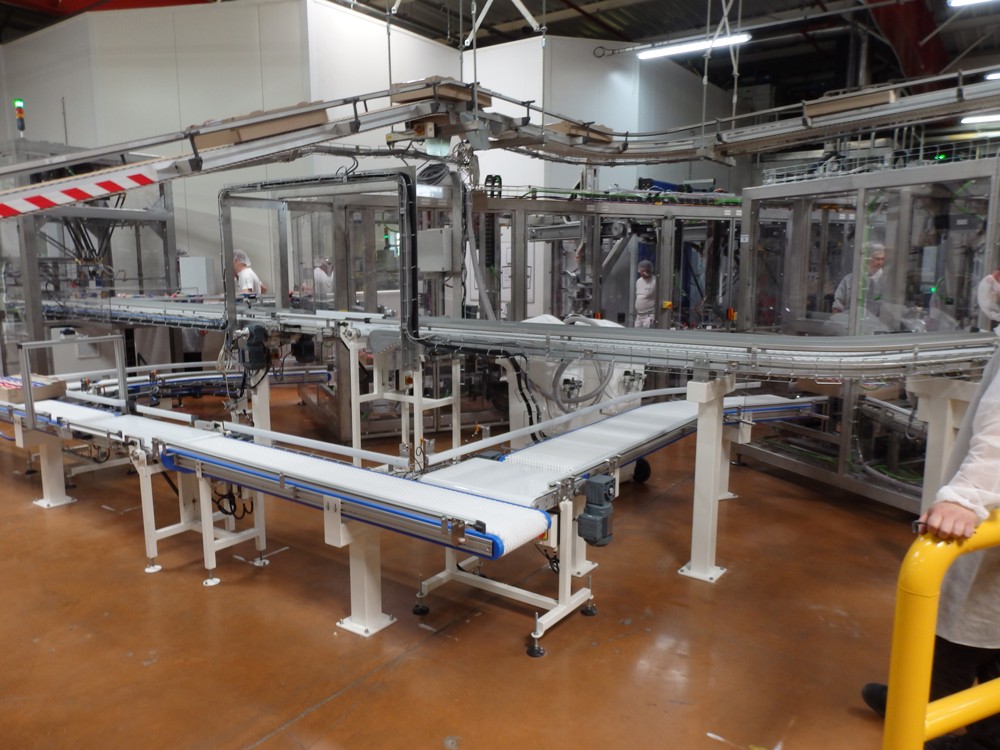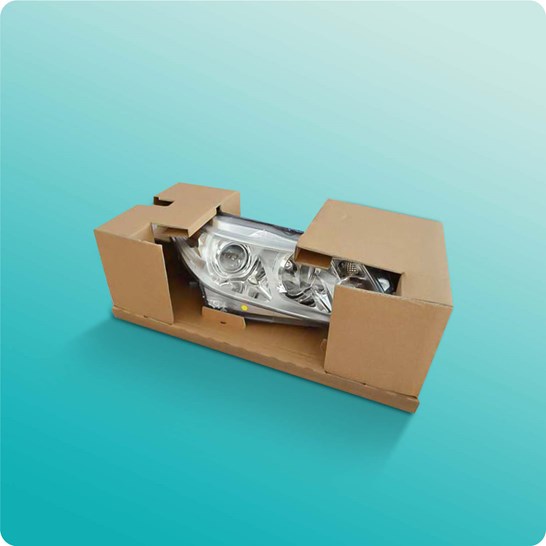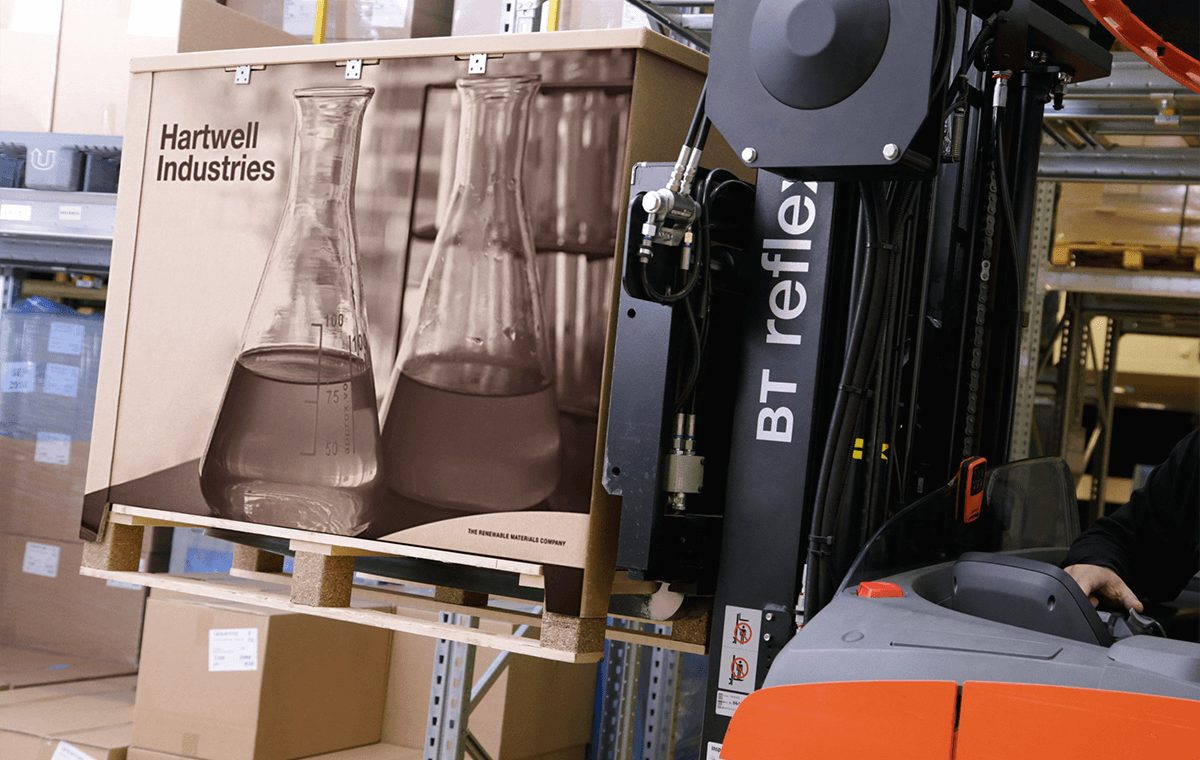Plastic Container Manufacturer Excellence: Crafting Solutions for You
Plastic Container Manufacturer Excellence: Crafting Solutions for You
Blog Article
Reliable Industrial Recycling Solutions for Lasting Packaging: A Comprehensive Overview
That's where this extensive guide on reliable commercial recycling options for sustainable product packaging comes in. By checking out essential areas such as product packaging material choice, creating for recyclability, applying reusing facilities, collaborating with reusing companions, and monitoring and determining recycling success, this overview will equip you with the knowledge and devices necessary to make enlightened choices and drive positive adjustment within your organization. Whether you're a product packaging expert, sustainability manager, or merely interested in the topic, this overview will provide important understandings and methods to help you browse the world of sustainable product packaging.
Packaging Product Choice
The choice of product packaging materials plays a vital duty in making certain the sustainability of industrial recycling solutions. The choice of materials is essential in reducing ecological effect and making best use of reusing effectiveness when it comes to lasting product packaging. Choosing the best materials can help in reducing waste generation, preserve sources, and promote a round economy.
Products like cardboard, paper, glass, and specific types of plastics can be reused several times without shedding their top quality. On the other hand, materials that are hard to recycle, such as non-recyclable composites or mixed plastics, can develop challenges for the reusing procedure and may end up in garbage dumps or burners.
Another factor to consider is making use of biodegradable and eco-friendly products. Packaging made from renewable energies, such as plant-based plastics or biopolymers, can help in reducing dependence on nonrenewable fuel sources and reduce environment adjustment. Furthermore, naturally degradable products break down normally in time, lowering the build-up of waste in land fills.
Furthermore, the weight and quantity of packaging materials need to be lessened to lower transportation expenses and power intake. Lightweight products not only call for fewer resources throughout manufacturing yet additionally add to lower carbon discharges throughout transport.
Creating for Recyclability
In order to guarantee the recyclability of product packaging materials, thoughtful layout is crucial. Designing for recyclability involves producing packaging that can be quickly arranged, separated, and processed in reusing centers. One important facet of creating for recyclability is the choice of materials. Packaging developers need to prioritize the use of materials that are extensively accepted for recycling and have established recycling infrastructures. Products such as glass, light weight aluminum, and particular types of plastic, like family pet and HDPE, are frequently recycled and ought to be favored over products that are difficult or expensive to reuse.
One more crucial factor to consider in developing for recyclability is the elimination of unneeded elements or products. By lessening the variety of layers, coverings, and added parts, product packaging can be made simpler and less complicated to reuse. Additionally, designers need to aim to reduce using mixed materials, as they can make complex the recycling procedure.

Implementing Recycling Infrastructure
Reliable execution of reusing infrastructure is essential for the success of industrial recycling solutions. Without appropriate facilities in position, the recycling procedure comes to be ineffective and ineffective, preventing the general goal of lasting packaging.
To from this source apply recycling infrastructure properly, a number of key elements need to be taken into consideration. First of all, there need to be a well-organized collection system that facilitates the splitting up and collection of recyclable products. This can consist of marked reusing bins in public rooms, as well as collaborations with waste monitoring business for curbside pickup and sorting.
As soon as collected, the recyclable products require to be carried to recycling facilities in a timely fashion. This needs effective logistics and transport networks, making certain that the materials reach the suitable facilities immediately.
At the recycling facilities, advanced sorting and handling technologies must be in place to divide different types of products efficiently. This includes making use of automated sorting makers, optical scanners, and hands-on sorting techniques.
Furthermore, there need to be a robust market need for recycled materials. This can be attained through cooperations with producers and markets that use recycled materials in their manufacturing procedures. Creating a stable market for recycled materials incentivizes the reusing industry and promotes the round economy.
Teaming Up With Recycling Allies

One key element of teaming up with reusing companions is the establishment of clear communication networks. It is necessary to develop open lines of interaction to promote the exchange of details, updates, and feedback. This enables both events to remain educated about the progression of recycling campaigns and resolve any type of challenges or problems that might arise.
In addition, cooperation can entail collaborations in making and implementing reusing programs. Reusing partners can supply valuable insights and support in creating efficient collection systems and determining one of the most proper recycling innovations. By collaborating, services and recycling companions can maximize the reusing process and lessen waste.
Furthermore, collaboration can expand past the functional facets of recycling. It can likewise incorporate advocacy and education initiatives. By signing up with forces, businesses and reusing companions can increase recognition about the importance of reusing and advertise the adoption of lasting packaging techniques amongst consumers visit their website and other stakeholders.
Monitoring and Measuring Recycling Success
To ensure the efficiency of commercial recycling solutions and the achievement of sustainable product packaging goals, it is vital for services and their recycling partners to develop a thorough system for tracking and gauging reusing success (bulk container recycling). Determining and tracking reusing success permits companies to evaluate the impact of their reusing initiatives, identify locations for enhancement, and set meaningful targets for future progress
One way to track recycling success is with making use of data collection and evaluation devices. By gathering information on the amount of product packaging waste created, the portion of waste that is reused, and the sorts of materials being reused, services can acquire beneficial insights into their recycling performance. This information can after that be examined to identify fads, patterns, and locations of ineffectiveness.
Another important aspect of monitoring and gauging reusing success is developing standardized and clear metrics. This enables companies to contrast their performance against market benchmarks and track their progression over time. Metrics such as reusing prices, waste diversion prices, and greenhouse gas exhausts can provide a quantitative measure of a company's reusing success.

Final Thought
Finally, carrying out click here now effective industrial recycling options for lasting packaging needs cautious factor to consider of packaging product choice, making for recyclability, carrying out reusing framework, teaming up with reusing companions, and tracking and gauging reusing success. By including these practices, companies can add to a more environmentally-friendly and lasting approach to product packaging, minimizing waste and promoting the circular economic situation.
By discovering crucial areas such as packaging product selection, designing for recyclability, applying reusing facilities, collaborating with reusing companions, and monitoring and determining recycling success, this guide will outfit you with the expertise and tools essential to make educated decisions and drive favorable adjustment within your company. Packaging designers must prioritize the use of products that are extensively accepted for reusing and have actually developed recycling infrastructures.Partnership with reusing companions is essential for the effective application of commercial recycling solutions and the accomplishment of sustainable product packaging goals. By signing up with forces, businesses and reusing companions can raise understanding regarding the relevance of reusing and advertise the adoption of sustainable packaging techniques amongst consumers and various other stakeholders.
By gathering data on the amount of packaging waste created, the portion of waste that is reused, and the kinds of materials being reused, companies can acquire valuable insights into their reusing efficiency.
Report this page